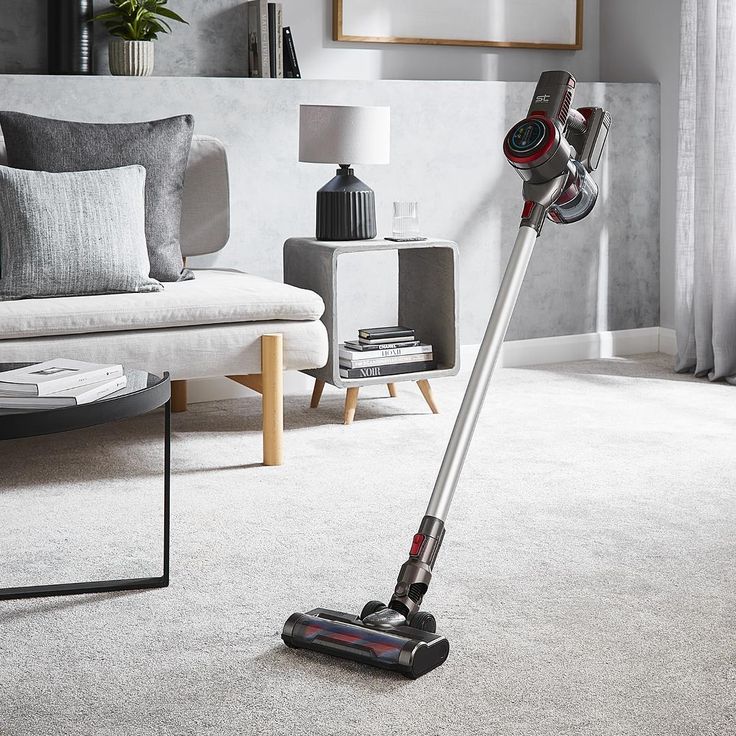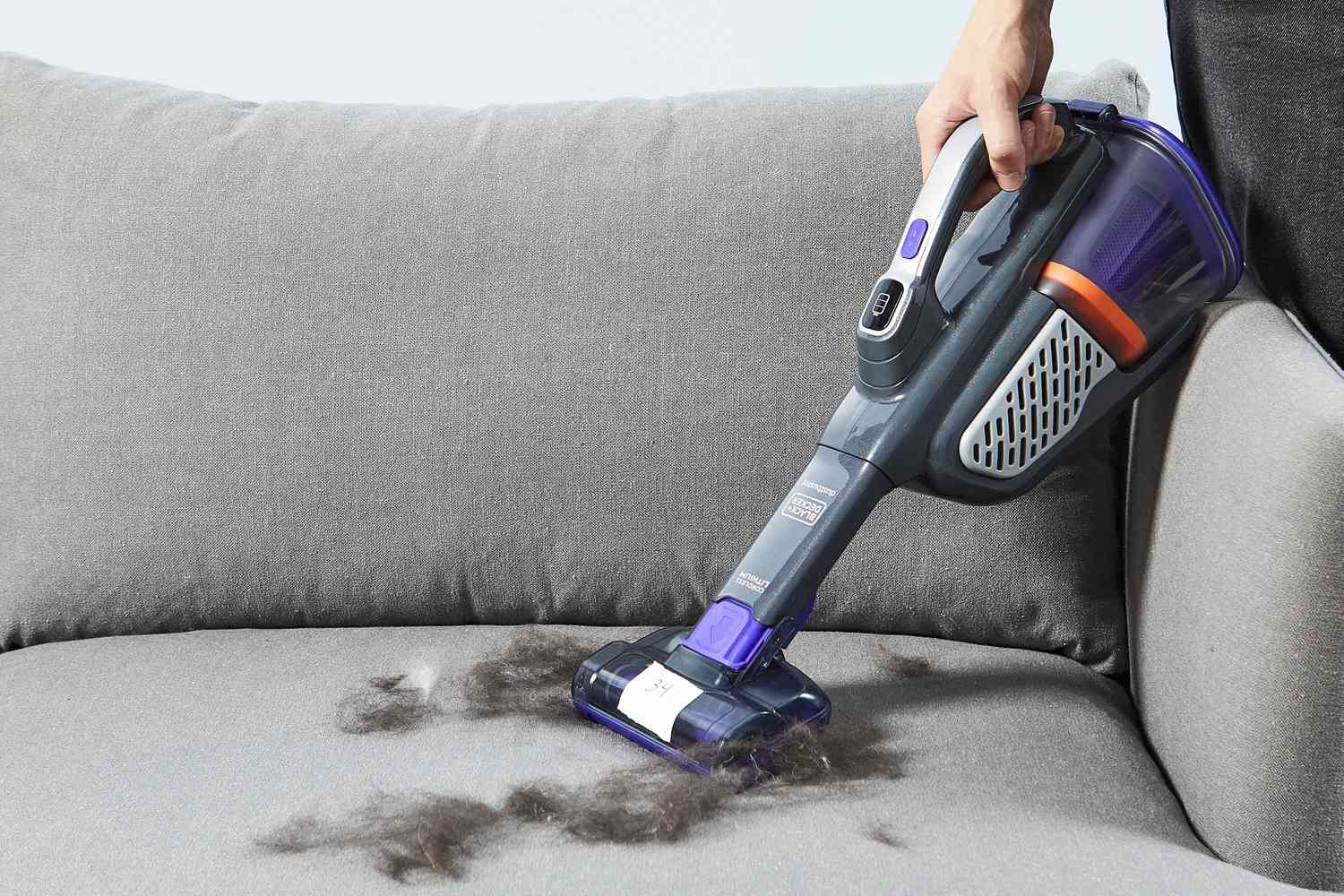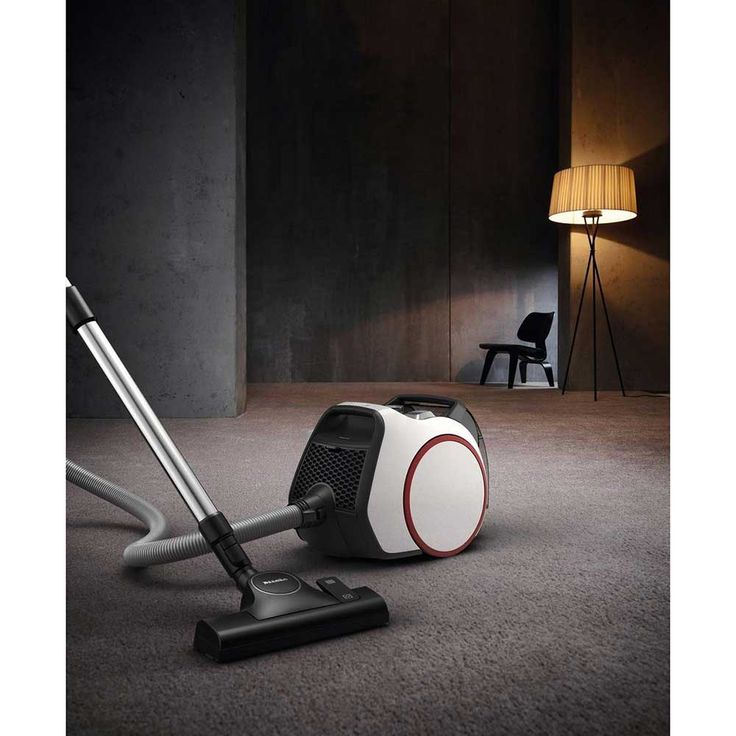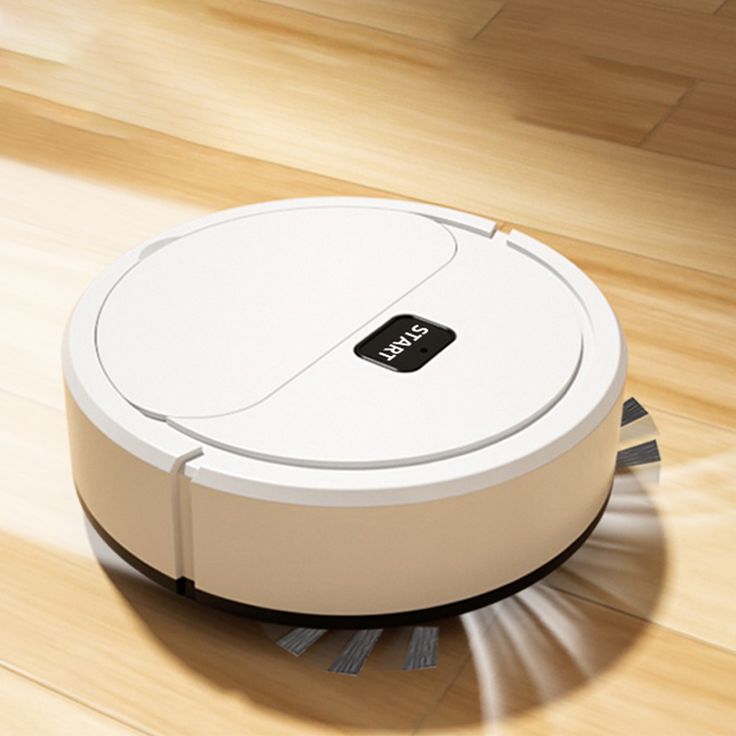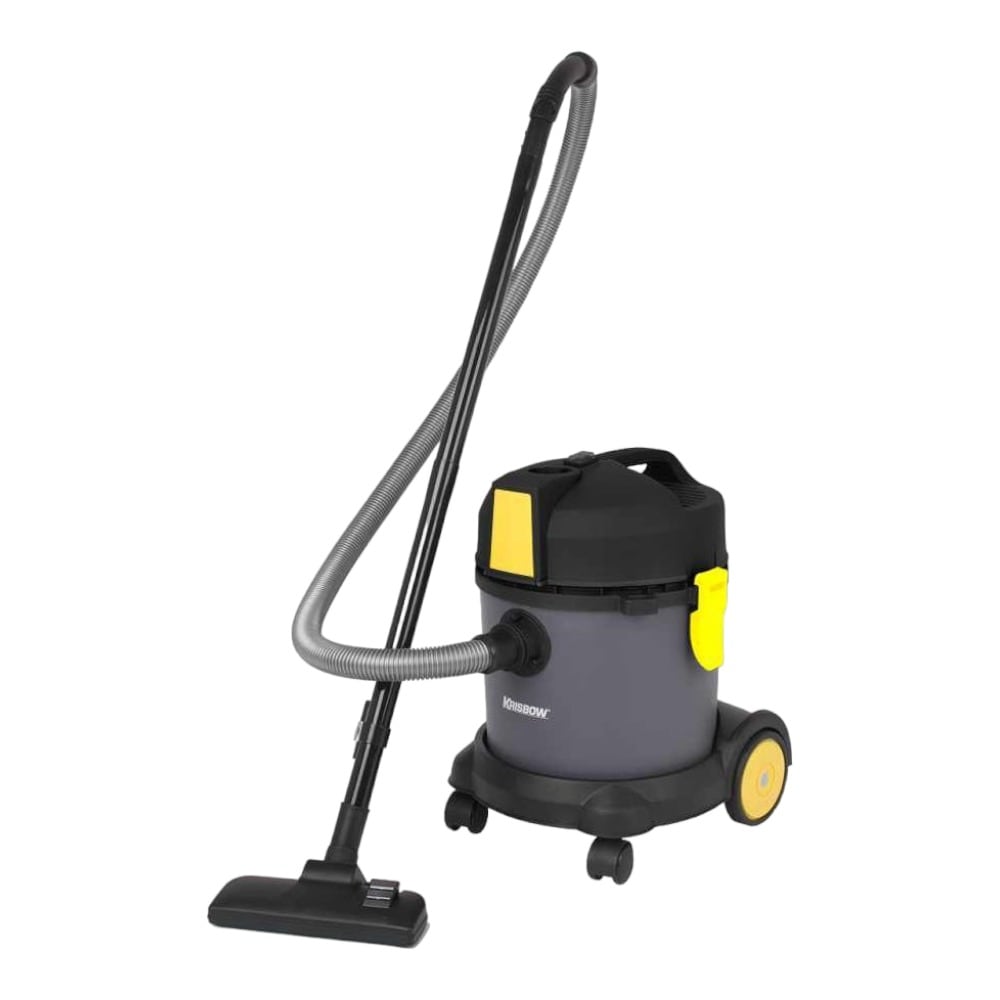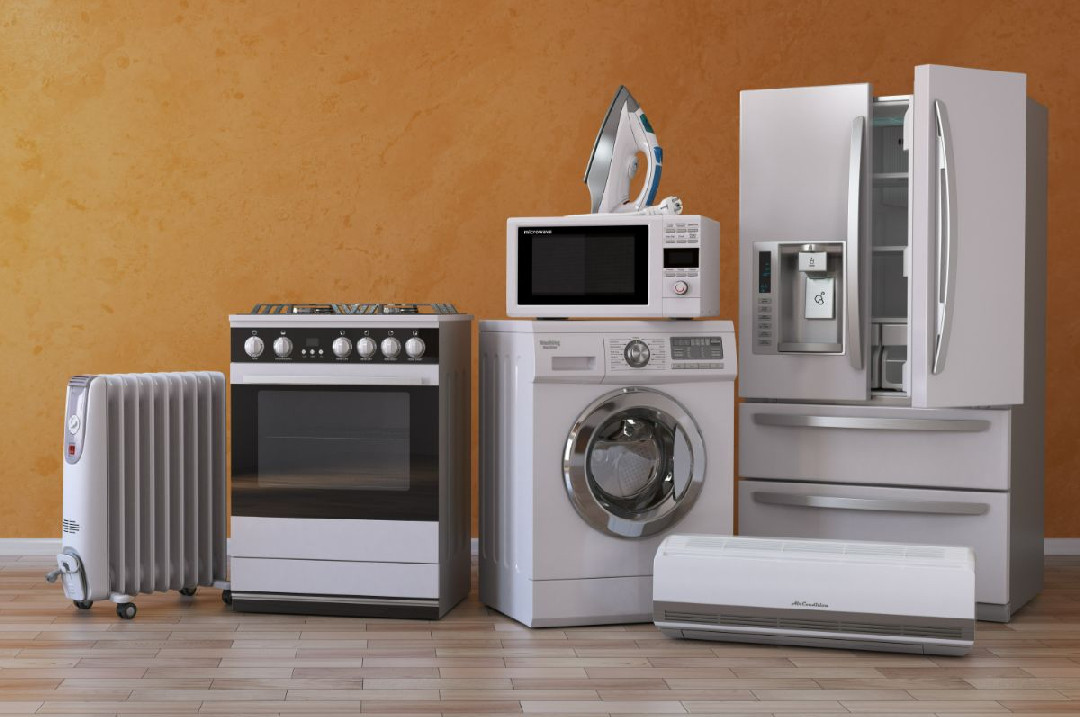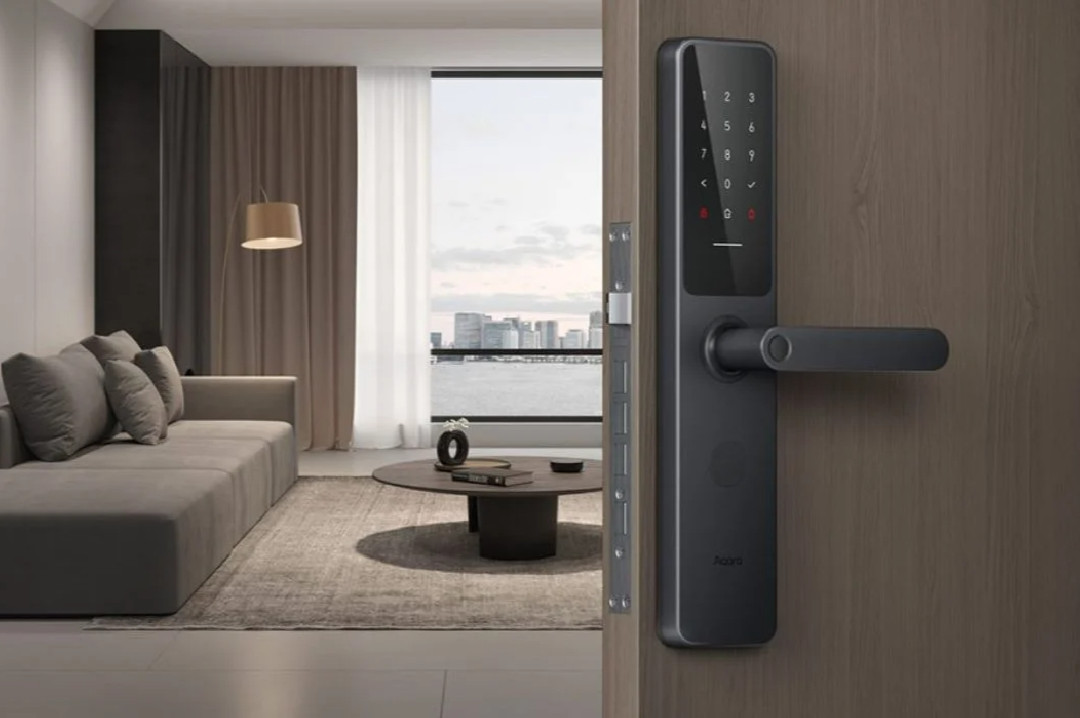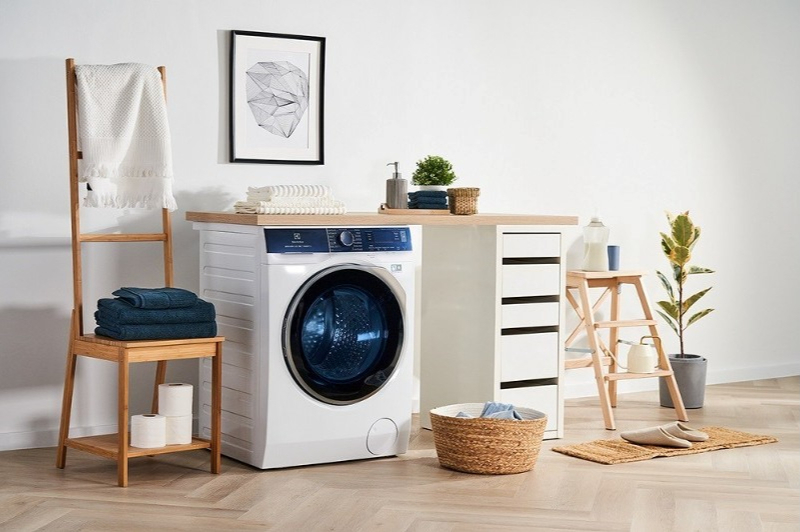Types of Vacuum Cleaners and Their Benefits for Effective Home Cleaning
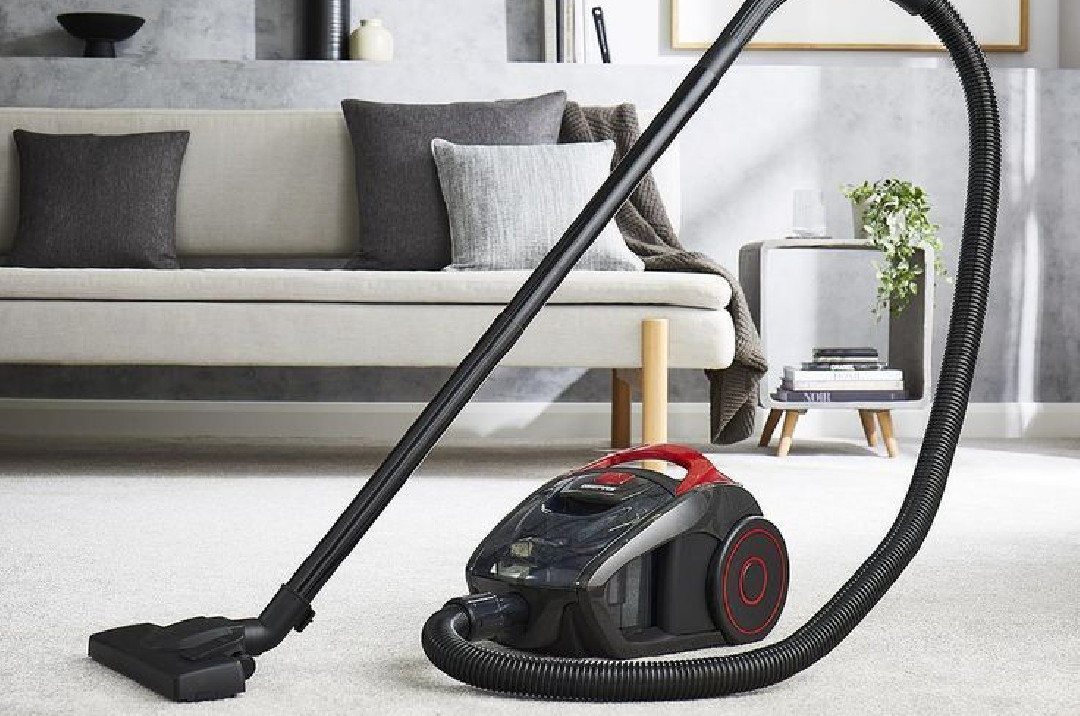
Vacuum cleaners have become one of the most indispensable tools in modern households. Designed to easily and quickly remove dust and dirt, they help maintain a clean home without requiring excessive physical effort. With advances in technology, various types of vacuum cleaners have been developed, each offering unique benefits. This article will explore some of the most common types of vacuum cleaners and their benefits, helping you choose the one that best fits your home cleaning needs.
1. Upright Vacuum Cleaners
Upright vacuum cleaners are the most commonly found type in households. These cleaners feature a standing design with a cleaning head at the bottom, equipped with a brush to clean floors.
Benefits:
- Ideal for Large Floor Areas: Upright vacuum cleaners are perfect for cleaning large floor areas, such as carpets in living rooms or family rooms.
- Easy to Use: With their upright design, these cleaners are easy to push and pull, making cleaning easier without requiring you to bend down.
- Rotating Brushes: Some models come with rotating brushes that help lift dirt and dust from carpets, making them more effective than manual sweeping.
Drawbacks:
- Heavier to Handle: Most upright vacuum cleaners are large and heavy, making them difficult to carry around or use in tight spaces.
- Less Flexible: While ideal for wide floors, these cleaners are less flexible when it comes to cleaning narrow corners or stairs.
2. Handheld Vacuum Cleaners
Handheld vacuum cleaners are portable and small, designed to be operated with one hand. They are typically used for cleaning small and hard-to-reach areas.
Benefits:
- Portable and Lightweight: Because of their small and light design, handheld vacuum cleaners are easy to carry around. They are ideal for cleaning car interiors, furniture, or tight corners in the house.
- Space-Saving: Handheld vacuum cleaners require minimal storage space, making them suitable for homes with limited space.
- Quick and Practical: For fast clean-ups, such as removing crumbs from tables or floors, these vacuums are highly efficient.
Drawbacks:
- Small Capacity: Due to their size, handheld vacuums have limited dust storage capacity, making them less suitable for cleaning larger areas.
- Less Powerful for Deep Cleaning: While practical, they generally lack the suction power needed for deep cleaning, especially on thick carpets.
3. Canister Vacuum Cleaners
Canister vacuum cleaners consist of two main parts: a canister that houses the motor and dust collection container, and a cleaning head connected via a flexible hose. These are often used for cleaning both hard floors and carpets.
Benefits:
- Higher Flexibility: The canister design allows for easier cleaning of hard-to-reach corners, under furniture, and stairs, compared to upright vacuums.
- Strong Suction Power: Canister vacuums typically have strong suction power, making them effective for cleaning various surfaces, from carpets to hard floors.
- Even Weight Distribution: With the motor housed in a separate canister, the weight is more evenly distributed, making it easier to maneuver compared to upright vacuums.
Drawbacks:
- Bulkier Design: Canister vacuums are often bulkier and take up more storage space, making them less practical for smaller homes.
- More Effort to Move Around: With two separate parts, these vacuums require more effort to move from one room to another.
4. Robot Vacuum Cleaners
Robot vacuum cleaners are one of the latest innovations in home cleaning technology. These devices operate automatically, cleaning floors without human intervention. Equipped with sensors, robot vacuums navigate rooms and avoid obstacles while cleaning.
Benefits:
- Automated Cleaning: One of the main advantages of robot vacuums is their ability to clean automatically without supervision. You can program the device to clean your home at set times.
- Ideal for Daily Maintenance: These vacuums are great for maintaining daily cleanliness, particularly for light dust and dirt that accumulates on the floors.
- Reaches Tight Spaces: Robot vacuums are usually low and compact, allowing them to clean under furniture or tight spaces that other vacuums can’t reach.
Drawbacks:
- Less Effective for Deep Cleaning: Robot vacuums usually don't have the suction power of conventional vacuum cleaners, making them less effective for deep cleaning, especially on thick carpets.
- Expensive: While practical, robot vacuums tend to be more expensive than manual vacuums.
5. Wet and Dry Vacuum Cleaners
Wet and dry vacuum cleaners are designed to handle both dry dirt like dust and spilled liquids. These vacuums are typically larger and more powerful than standard models, making them popular in industrial or commercial settings.
Benefits:
- Versatile Cleaning: The primary advantage of wet and dry vacuums is their ability to handle a wide range of dirt, both dry and wet, making them extremely versatile.
- Powerful Suction: These vacuums usually have very strong suction power, allowing them to clean large areas quickly and efficiently.
- Perfect for Post-Renovation Cleanups: Wet and dry vacuums are ideal for cleaning dust or wood shavings after home renovation projects.
Drawbacks:
- Bulky and Heavy: These vacuums are often larger and heavier, making them less convenient for everyday cleaning.
- Impractical for Routine Use: Due to their large size, they may not be practical for routine house cleaning unless required for specific tasks.

